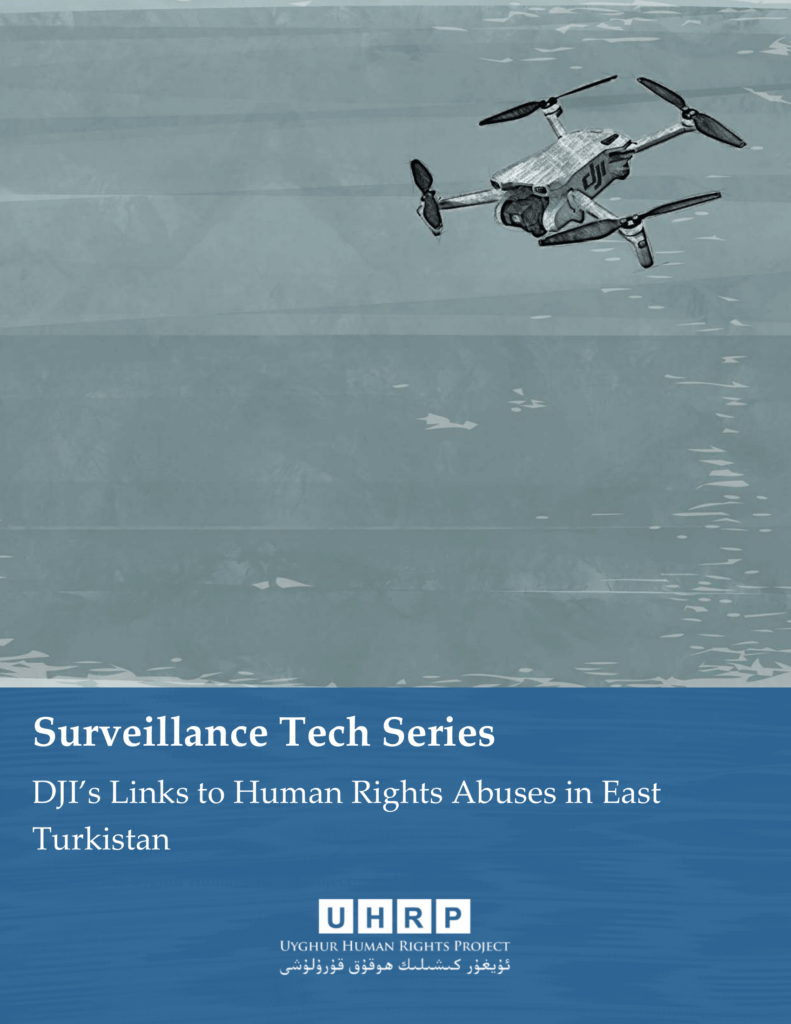Legitimizing Repression: China’s “War on Terror” Under Xi Jinping and State Policy in East Turkestan

New report from the Uyghur Human Rights Project analyses political violence from 2013-14
For immediate release
March 3, 2015 10:30 am EST
Contact: Uyghur Human Rights Project +1 (202) 478 1920
According to data assembled by the Uyghur Human Rights Project (UHRP) from research into Chinese and overseas media, a range of 656 to 715 individuals lost their lives in the violence that engulfed Uyghurs and other ethnicities between 2013-14. The number of fatalities in 2014 is approximately double that of 2013.
Although these numbers should not be considered definitive, as the Chinese government tightly controls information in East Turkestan, they are indicative of deterioration in security conditions since Xi Jinping became Chinese president in early 2013.
Other key findings of the report:
- There were 125 incidents overall from 2013-14, 89 of these were violent. UHRP selected incidents interpreted as “political” in which Uyghurs were killed, injured or arrested.
- Uyghurs were three times more likely than Han Chinese to be killed in the violence.
- The south of East Turkestan, a Uyghur majority area, was most heavily impacted. Kashgar Prefecture experienced the largest number of fatalities. Of the 327 deaths in Kashgar Prefecture, 199 occurred in Yarkand County.
- Aksu (79 fatalities) and Hotan (76 fatalities) recorded the second and third highest number of deaths among prefecture level administrative areas.
- In a troubling number of incidents police killed all alleged “perpetrators.” The possibility exists that excessive force and extrajudicial killings are a feature of the Chinese state’s security approach to incidents. In addition, a number of incidents recorded by UHRP appear to have been provoked by heavy-handed, or at best insensitive, policing.
- Chinese state media underreported incidents during 2013-14, reporting less than a third of the incidents. Over two thirds of the 37 incidents official media did report were labeled as “terrorism.”
“The data collected by UHRP researchers from media reports is alarming in a number of aspects. It tells us that China’s crackdown on Uyghurs is only exacerbating the violence in East Turkestan and killing more Uyghurs. Furthermore, Chinese state media underreporting of violence attempts to maintain the fiction that policies in the region are working,” said UHRP director Alim Seytoff in a statement from Washington, DC. “However, China also wants to convince the international community that it faces an ‘overseas inspired terror threat’ to deflect criticism for its domestic repressive policies, so it is for this reason there is a close relationship with any state media reports on violence and government labels of ‘terrorism.'”
The annual plenary session of China’s National People’s Congress (NPC), which will be held from March 5-13, is expected to adopt a draft counterterrorism law that has been criticized as a “recipe for abuses.” Mr. Seytoff added: “Instead of rubberstamping the new anti-terrorism legislation, which falls far short of international standards, to legitimize the heavy-handed repression of the Uyghur people, China’s leaders must seriously review and change their failedrepressive policies, which are the root causes of the instability in East Turkestan.”
UHRP urges the Chinese government to end its targeted crackdown on the Uyghur community and seek a genuine and inclusive discussion of the instability in East Turkestan. UHRP also urges China to conform with the standards outlined in the United Nations Global Counter-Terrorism Strategy resolution and Plan of Action (A/RES/60/288) adopted by the Member States on 8 September 2006. The resolution states: “[T]errorism cannot and should not be associated with any religion, nationality, civilization or ethnic group.”
UHRP condemns terrorism and advocates for a peaceful resolution to the legitimate political grievances of the Uyghur people. UHRP recognizes that some incidents occurring during the 2013-14 period appear to be premeditated attacks and unequivocally condemns these acts. Due to China’s tight control of information, the extreme lack of transparency surrounding incidents of violence should cause alarm among independent observers. Incidents such as the one in Alaqagha merit further investigation, as do credible allegations of state violence in Hanerik and Siriqbuya.
China has not only deliberately obscured incidents of state violence against Uyghurs from outside scrutiny, but also it has not offered a full account of the causes for the violence. UHRP has identified Han Chinese migration, economic discrimination, restrictions on Uyghur identity, such as religion, and intensified political repression, including curbs on freedom of speech and information as contributing factors to the growth of tension in East Turkestan, especially in the south of the region.
Chinese officials have not publicly questioned the consequences of repressive policies and provide no forum for Uyghurs to hold policies and officials to account. Through “counterterror” measures ostensibly aimed at controlling “religious extremists,” China has effectively silenced peaceful Uyghur dissenters to repressive Chinese policies. As a result, Uyghurs have been left with no explicit voice to change policy at a time of inequitable political, economic, social and cultural transformation in the region.
Legitimizing Repressionrecords fatalities, injuries and arrests occurring from “political” incidents breaking down such numbers by ethnicity and status (civilians, “perpetrators” and state actors). UHRP examines the spatial distribution of incidents by prefecture and county, as well as notes any chronological trends during the two years under review through month-by-month analyses.
In discussing the findings of UHRP’s report, it should be noted that behind the data are individuals, families and communities. The statistics referenced throughout the report on fatalities, injuries and arrests all have a human face and it is important to remember the devastation violence causes to innocent lives.
A Uyghur Human Rights Project report by Henryk Szadziewski and Greg Fay. Download the full report in English here.
FEATURED VIDEO
Atrocities Against Women in East Turkistan: Uyghur Women and Religious Persecution
Watch UHRP's event marking International Women’s Day with a discussion highlighting ongoing atrocities against Uyghur and other Turkic women in East Turkistan.




